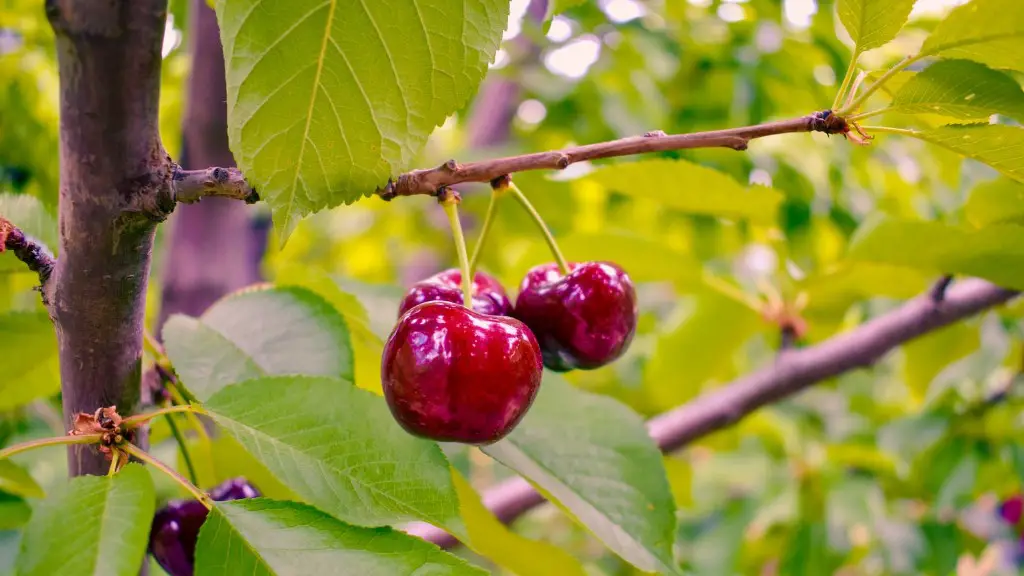Trimming a lemon tree in a pot is easy, yet it is still important to know how best to do it to ensure a healthy and abundant harvest. Fortunately, with proper pruning and care, a lemon tree in a pot can produce an abundance of citrus fruits over the years. Here are the steps for how to trim a lemon tree in a pot.
Begin by determining the number of branches that need to be pruned. Count the limbs from the trunk outward and identify the thickest, most vertical or horizontal branches as branches that need to be pruned. Trimming lemon trees in pots should focus on maximizing the inner growth for maximum fruit production.
Next, use pruning shears or a pruning saw to cut off the selected branches that need to be removed. Cut them at a 45-degree angle, close to the main trunk. When removing branches, make sure to avoid cutting leaves or buds, as this can damage the tree.
Then, cut off any dead or dying branches and dispose of them. Dead or dying branches should be removed to avoid the spread of disease to other branches and reduce any spread of pests. Healthy branches should be at least two thirds of the full canopy to give the tree the best chance of having bountiful fruits.
The remaining leaves should be trimmed to no more than eight leaves per branch or bud. This will ensure the tree is not overburdened and can better put its energy into fruiting and growing. It will also keep the tree size manageable for a pot.
Finally, check for signs of suckers which should be cut off as close to the soil as possible and dispose of immediately. Suckers can steal energy from fruiting branches, reducing overall fruit production.
Now you know how to trim a lemon tree in a pot properly. Below are four additional tips for keeping a lemon tree in a pot, healthy, vigorous and fruitful.
Watering
The lemon tree in a pot should be watered properly; however, too much water can lead to root rot, and too little water can cause yellowing of the leaves. The tree should be watered every other day and on very hot, dry days it should receive water every day to ensure enough moisture for proper growth and fruiting. Applying a layer of mulch will also help maintain soil moisture levels.
Fertilizing
Fertilization helps the lemon tree to produce abundant fruits. A balanced fertilizer should be applied every six weeks while the tree is in its active growing season. Avoid fertilizing just before or just after pruning as this can cause the citrus fruits to drop more quickly.
Pests and Diseases
Many pests and diseases may attack the lemon tree in a pot and should be monitored and treated accordingly. Common pests include citrus red mite, aphids and other mites. Common diseases include vein yellowing, bacterial canker and citrus black spot. Most pests and diseases can be treated with insecticidal soap and fungicides.
Winter Care
In the winter months, the lemon tree should be protected from frost as temperatures and humidity levels decrease. A cotton cloth or blanket can be draped over the pot and tree or the tree can be taken indoors and placed in a cool, well-ventilated area. In either case, the tree should receive direct sunlight for 4-5 hours a day.

